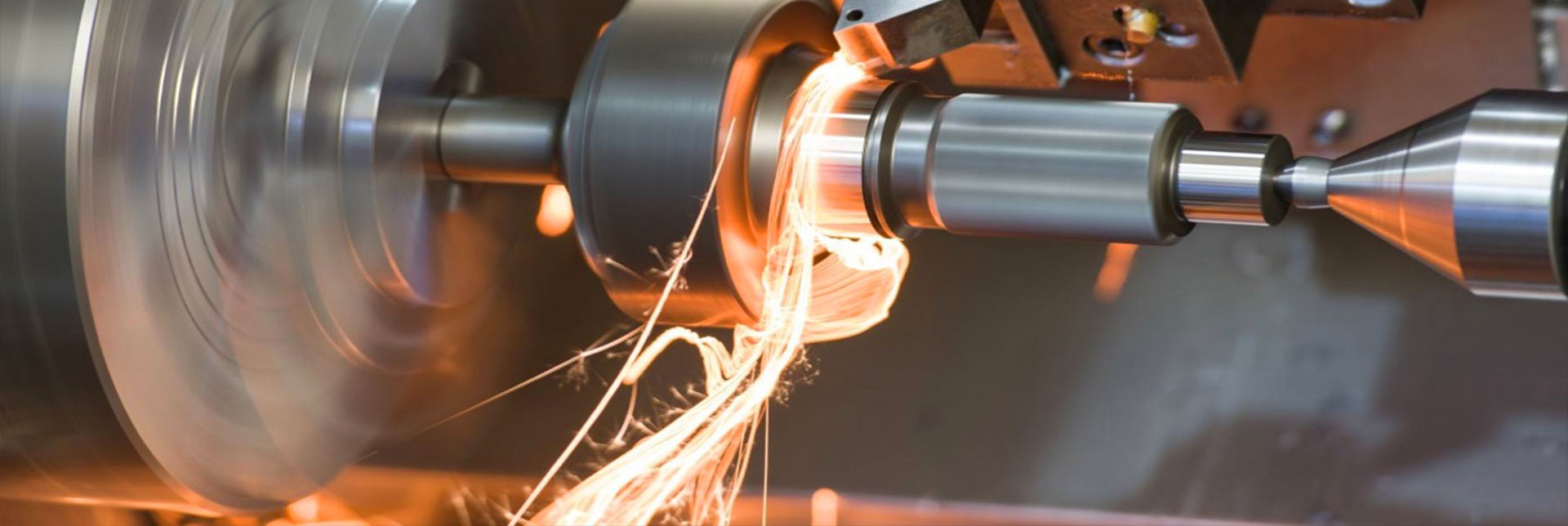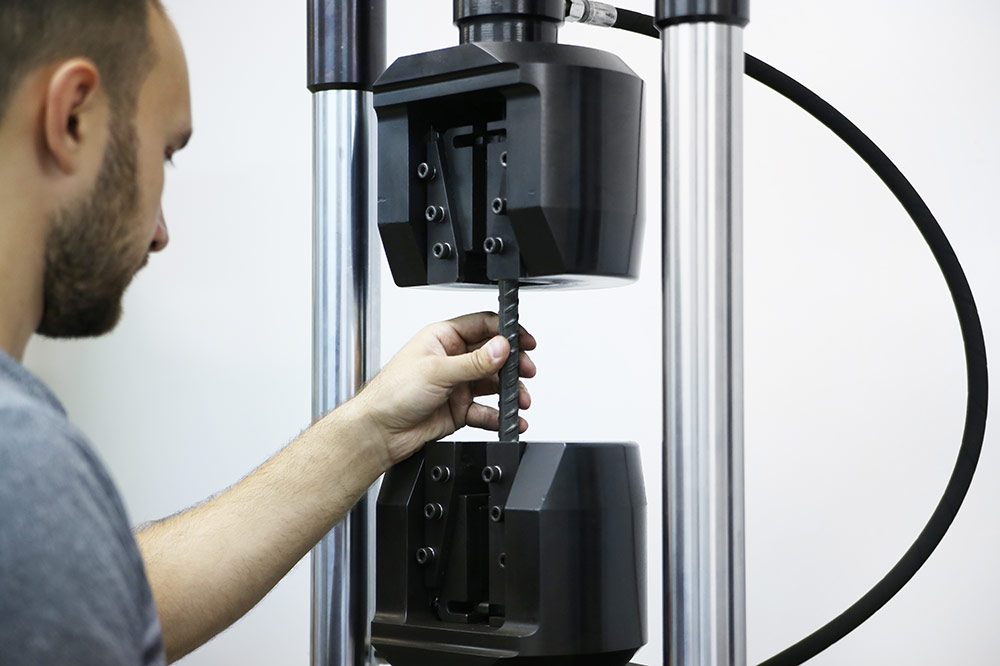

Tensile testing, one of the most common mechanical testing methods, is used to determine the behavior of a sample when applying an axial tension load. Such tests can be carried out under ambient or controlled (heating or cooling) conditions to determine the tensile properties of a material.

Tensile testing, metals, plastics, elastomers, paper, composites, rubbers, fabrics, adhesives, films, etc. It is made on a variety of materials.
Tensile testIt is often used to determine the maximum load (tensile strength) that a material or product can withstand. The tensile test can withstand a load value or elongation value.
Young's Modulus: This test method is used to determine the behavior of a sample under axial stretching load. Common tensile test results include elastic boundary, tensile strength, yield point, yield strength, elongation and Young's Modulus. Young's Module is commonly reported as N / mm2 (lbs / in2), MPA (psi).
The ductility test involves determining to what extent a material can withstand deformation without breaking.
The bend test for ductility provides a simple way to evaluate the quality of materials with their ability to withstand cracking or other surface irregularities during a continuous bending. With a ductile fracture, there is a significant amount of plastic deformation before failure. For example, in metals, the fracture shows a typical cone and cup formation, and the fracture surface appears rough and fibrous. Ductile materials exhibit plastic deformation in the amount measured before they break.
An increase in a sample measuring length measured after a rupture or disconnection, eg divided by the original measurement length, is called elongation. The greater the elongation, the higher the ductility or flexibility of the material.
Elongation cannot be used to estimate the behavior of materials exposed to sudden or repeated loading. Some non-rigid materials, such as rubber and some plastics, have very high elongations before they break.
Cross-head motion can be used to measure the elongation of samples of equal width dimensions.
To get an appointment, to get more detailed information or to request an evaluation, you can ask us to fill in our form and reach you.